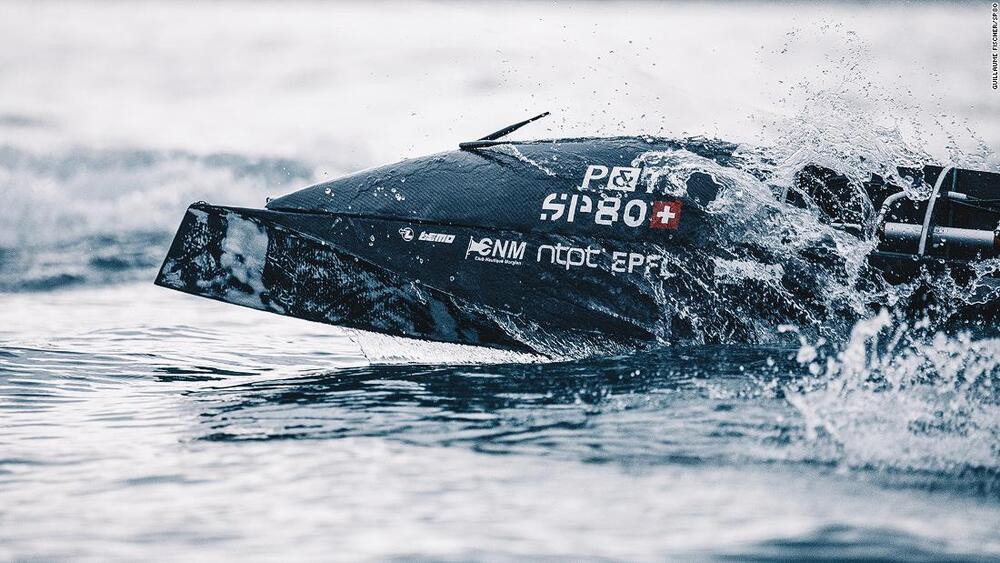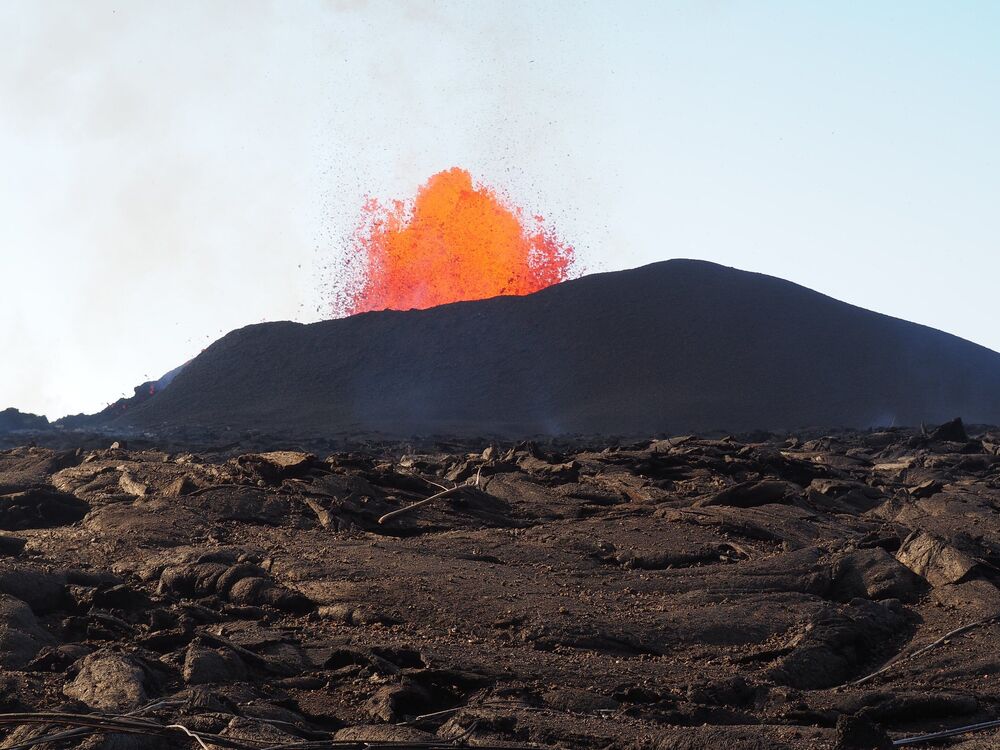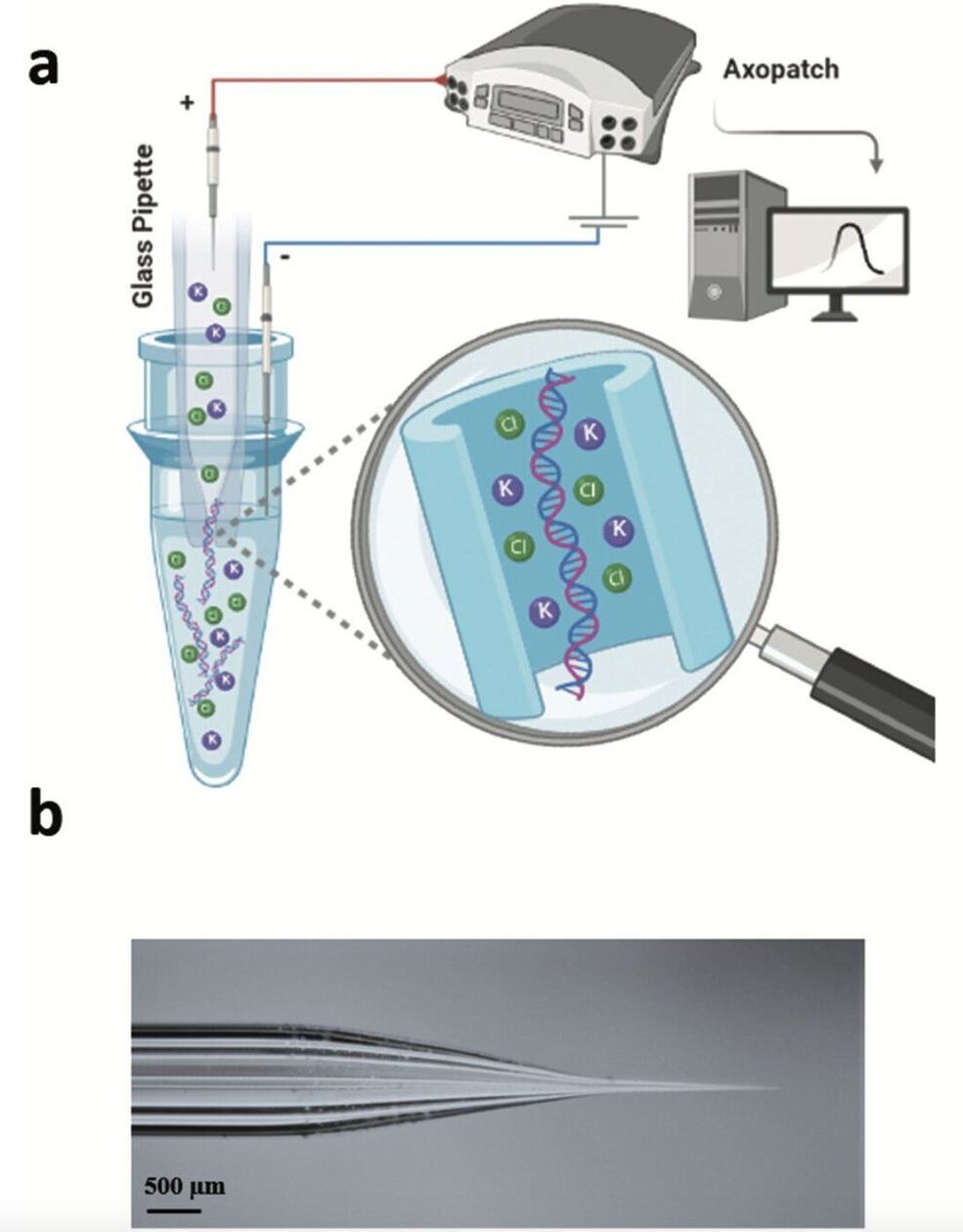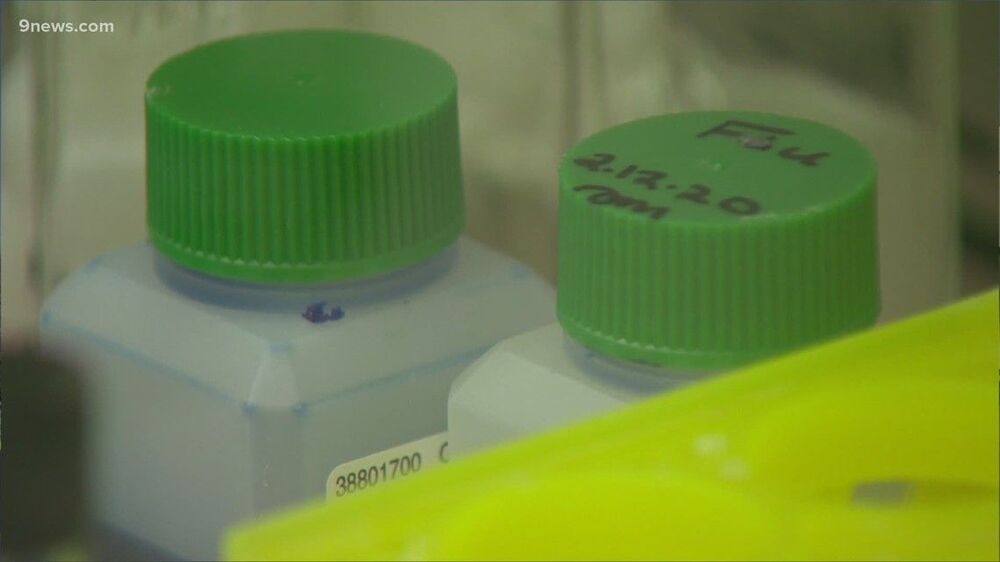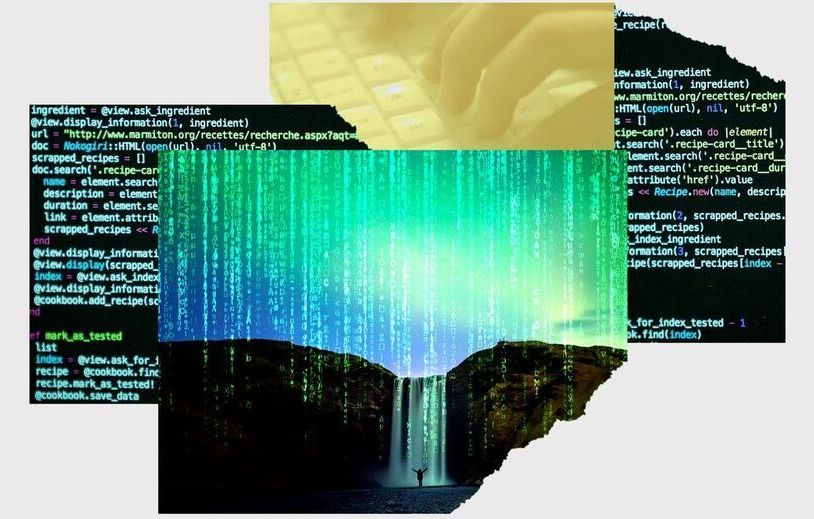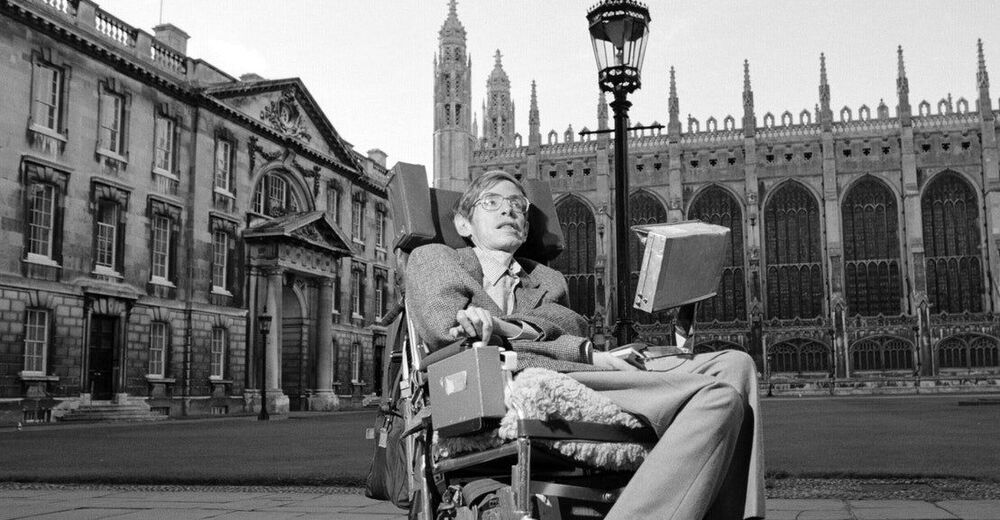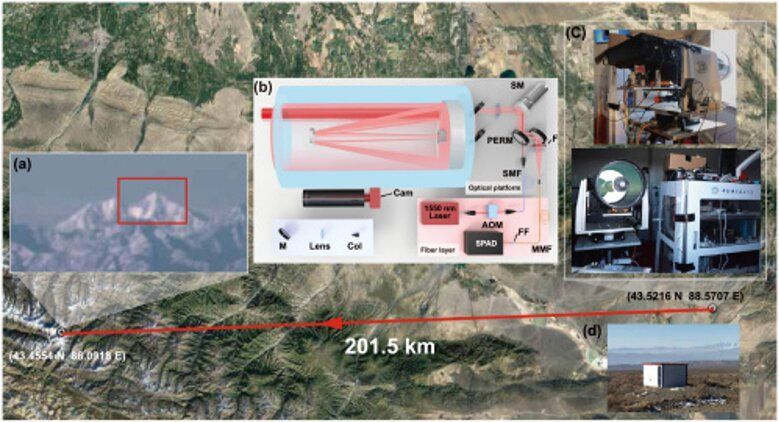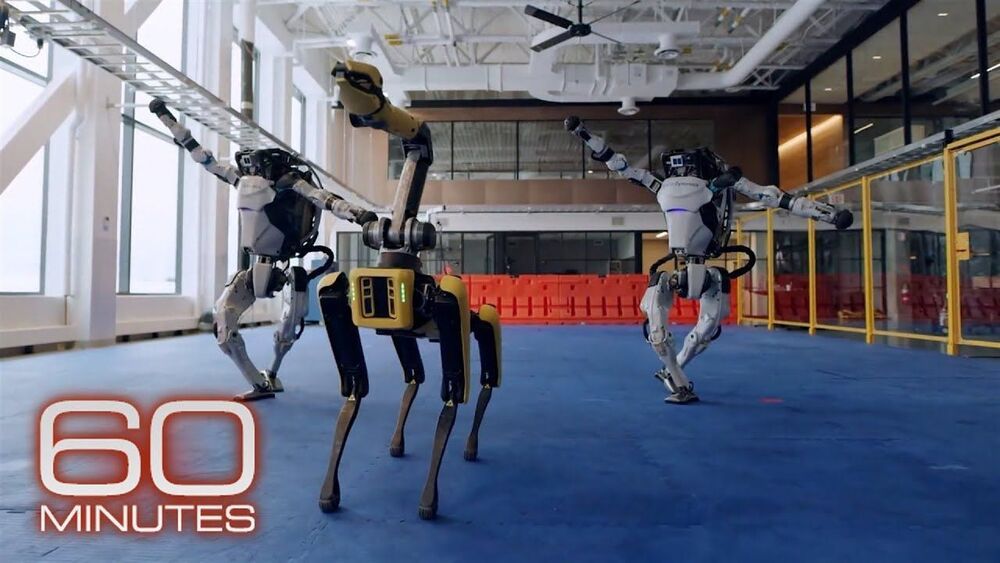https://www.youtube.com/watch?v=Ns__YpRneBA&feature=share
After years of trying, 60 Minutes cameras finally get a peek inside the workshop at Boston Dynamics, where robots move in ways once only thought possible in movies. Anderson Cooper reports.
“60 Minutes” is the most successful television broadcast in history. Offering hard-hitting investigative reports, interviews, feature segments and profiles of people in the news, the broadcast began in 1968 and is still a hit, over 50 seasons later, regularly making Nielsen’s Top 10.
Watch full episodes: http://cbsn.ws/1Qkjo1F
Get more “60 Minutes” from “60 Minutes: Overtime”: http://cbsn.ws/1KG3sdr.
Follow “60 Minutes” on Instagram: http://bit.ly/23Xv8Ry.
Like “60 Minutes” on Facebook: http://on.fb.me/1Xb1Dao.
Follow “60 Minutes” on Twitter: http://bit.ly/1KxUsqX
Download the CBS News app: http://cbsn.ws/1Xb1WC8
Try Paramount+ free: https://bit.ly/2OiW1kZ
For video licensing inquiries, contact: [email protected]
